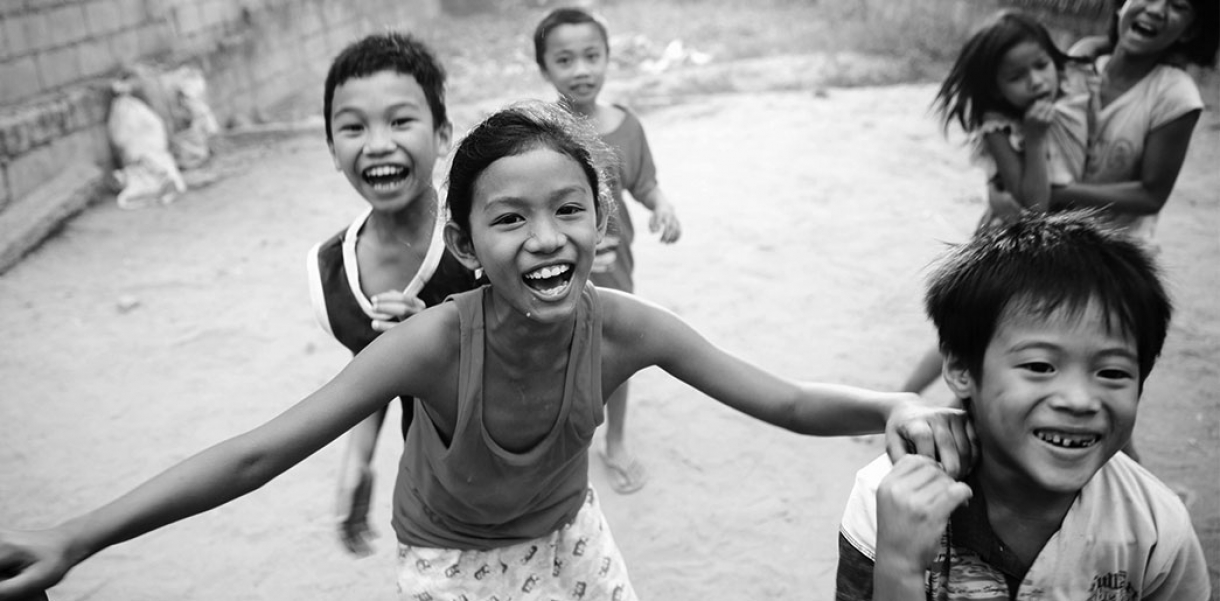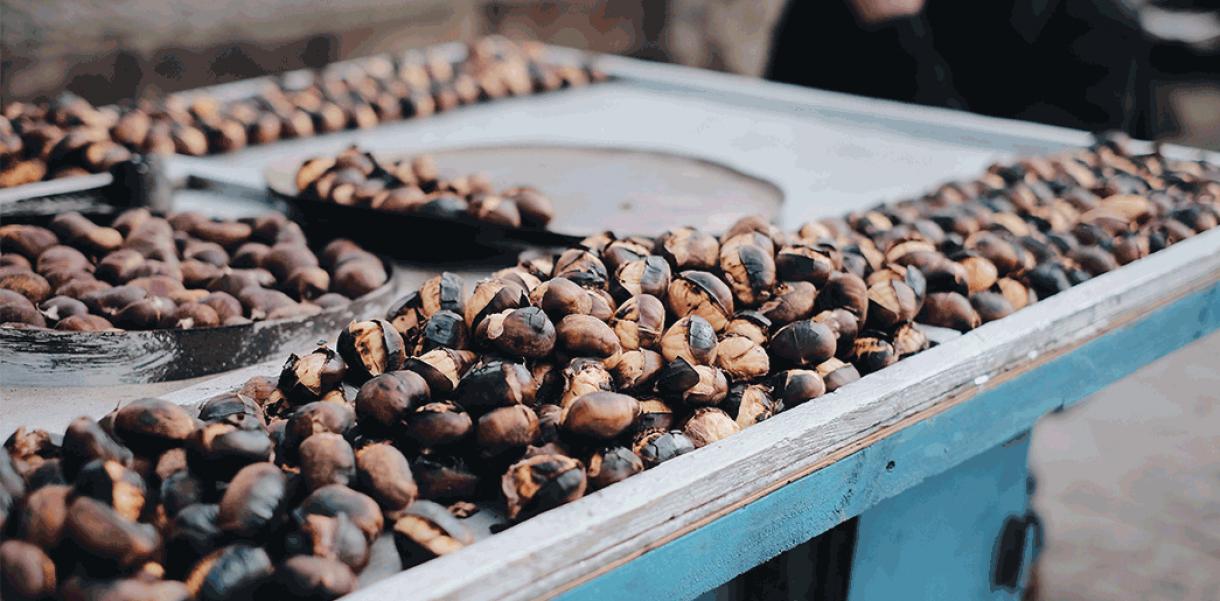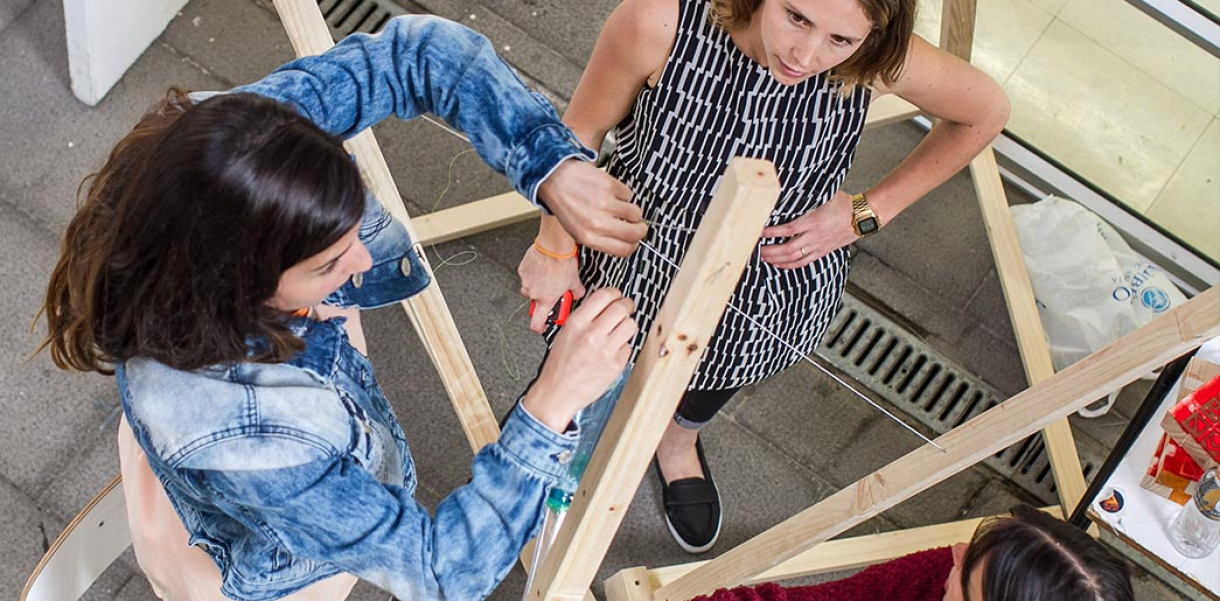In the Philippines, there’s a common saying: The youth is the hope of our future. This was said by our national hero Jose Rizal, a nationalist and advocated political reform during the Spanish colonisation of the Philippines. If he was still with us, he could actually be counted as an older millennial; Rizal was executed for his rebellious writings at 35.
Personally, I’m an older millennial as well. And even though I’m not part of this group, there’s a question that’s been lingering in my head for about a year now, or since our lives moved onto a more chaotic rendition of The Sims: What would I have done if I were a youth in 2020/2021?
Today, 50% of the world’s population is below 30, and I’m wondering what they have been up to since the 2020 lockdowns. Had I been in my academic years as the Covid-19 pandemic swept through the globe, I would’ve likely taken a year or two off to explore other more productive activities. I would have looked for work online, maybe started a business, worked on a novel, or made a painting exhibition?
But possibilities like these, however, only come to mind because I had a rather secure childhood. Not a perfect one, there’s no such thing, but there wasn’t a need for me to worry about food, shelter or clothing.
"What would I have done if I were a youth in 2020/2021?"
Now, if I were to imagine a whole other scenario where parents are laid off from work, the family can’t make rent, or — in many cases — can’t even summon the next meal, it’s a different story. For them, it’s as though the ground was swept from right beneath their feet. In a situation where survival is the priority, there’s no room for imagination, creativity, ideation, or long-term solutions engineering.
That’s why I keep going back to that question: what about the youth? What about the youth that’s been lost and left behind after a whole year of lockdowns? The Philippines even holds a record for having the longest lockdown in the world — as I’m writing this, we’re almost 14 months into it, with little hope in sight.
Based on the Global Connectivity Index, the Philippines ranks 59th out of 79 countries, with a score of 38 out of a hundred. So for our students who are obviously struggling with connectivity, the quality of education will be compromised as well.
So what have we been doing to invest in youth, the hope of our future? Extraordinary times call for equally groundbreaking solutions. And I guess, for us in the creative industries, us working professionals, us who have the comfort of working from home, keeping our jobs, and capitalising on our internet connections, what can we do to set up our youth for success?
"In the last year though, I’ve come to understand the value of one thing: ecosystems."
The solutions are plenty, and as with raising children, unique for each individual. As I’m happily child-free, I suppose parents would have a more holistic approach to this looming predicament. In the last year, though, I’ve come to understand the value of one thing: ecosystems.
In nature, ecosystems allow for flora and fauna to thrive and maintain balance. In Rizal’s time, the governing ecosystem didn’t allow free speech, so he had to be weeded out, so to speak. Now, in 2021, in our own cities, our own communities, our own neighbourhoods, are we creating the right kind of ecosystems? Are we providing a space for our youth to not just survive but grow? Instead of weeding them out, how do we make them thrive?
If we truly stick to our saying and believe the youth is the hope of our future, then we need to invest in them. Envisioning and building these ecosystems might be the first step.
-
Image: Avel Chuklanov




